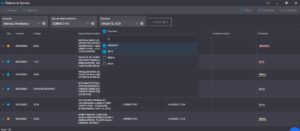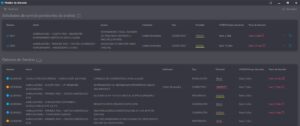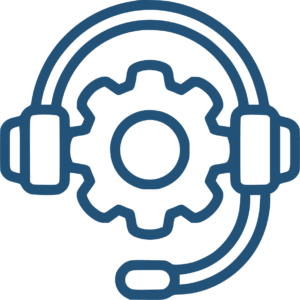In turn, “risk management” in the hospital setting refers to the set of procedures and rules aimed at minimizing the likelihood of patient injury by controlling adverse events and implementing action plans. “Improving patient safety requires a complex system-wide effort that encompasses a broad range of actions aimed at enhancing performance; safety management and environmental risk, including (…) equipment safety, (…) and the environment in which healthcare is provided,” according to the WHO.
Similarly, the latest results from the IBEAS study on the prevalence of adverse events in Latin American hospitals show that the global prevalence of patients experiencing some AE (Adverse Event) was 10.5%.
In this regard, hospital clinical engineering departments, as part of the agents involved in the hospital care system, are responsible not only for the availability of the institution’s assets but also for their proper functioning. Non-digitalized risk management exponentially increases the occurrence of adverse events, such as:
- Direct patient injuries due to equipment failures.
- Deterioration of care due to errors in readings, measurements, and configurations.
- Poor care due to lack of knowledge about available technology for treatment.
- Interruption of medical treatment due to lack of equipment availability.
To assist clinical engineering and hospital maintenance teams in managing risks and, consequently, reducing adverse events, Neovero management software offers a set of functionalities specifically designed to ensure patient safety when interacting with medical equipment:
– Asset segmentation by criticality allows for the classification of assets based on their relevance to the institution’s management plan and defines service priority in case of failure.
– Service priority: linked to criticality control, it allows for defining different service time profiles.

– Sector priority: defines response times by sector, aiming to prioritize the most critical environments.
– Risk level: a type of record that classifies equipment families by the potential for patient injury.
– Control of technical competencies and professional certifications for the viability of internal corrective services on critical equipment and high-risk families.
– Definition of technical procedures for service execution according to manufacturer standards and instructions.
Along with various service monitors, dashboards, and reports, clinical engineers can use Neovero to:
– Monitor real-time corrective work orders with service priority, based on equipment criticality, service priority, or requesting sector.

– Analyze and control compliance with SLAs agreed between departments.
– Schedule priority maintenance plans based on the risk level.
– Schedule rounds and inspection plans to verify critical items.
– Traceability of standards used in maintenance.
– Analyze the causes of occurrences and services performed by criticality and risk level.

– Set performance goals by equipment family and model to track and apply obsolescence criteria.
Considering all of the above, enhancing the use of Neovero in clinical engineering will not only improve the functioning of the institution’s risk management plans but also automate a series of control processes that neutralize the possibility of human error and, at the end of the process, provide highly relevant data for continuous risk management improvement.
sales@logicbus.com | support@logicbus.com | +1 619 616 7350 | Start conversation





